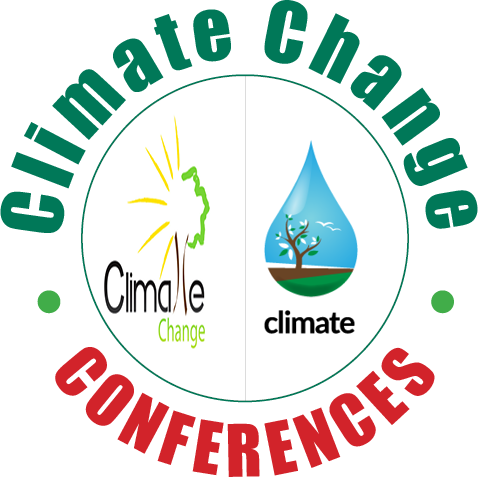
Biography
Biography: Albrecht Glatzle
Abstract
Reduction of meat consumption and of global livestock numbers has been recommended for climate change mitigation, even in scientific literature. However, the basic assumptions made to come up with such kind of recommendations reveal severe methodological deficiencies: (1) Carbon footprint, emission intensity, and life cycle assessments of domestic livestock products reported in scientific literature consistently overlooked the necessity of correcting non-CO2-GHG (greenhouse gas) emissions (N2O and CH4) from managed ecosystems for baseline scenarios over time and space (pristine ecosystem and/or pre-climate change emissions: Fig.1). The IPCC guidelines on National GHG-Inventories explicitly ignore baseline emissions when assessing Methane and Nitrous Oxide emissions from agro-ecosystems, therefore overstating tremendously livestock-born emissions particularly from grazing systems. (2)Livestock- and human-born CO2-emissions form part of the natural carbon cycle with no net-effect on atmospheric CO2-leves, except for emissions form land use change and fossil fuel consumption during the production process. In most climate-change related publications CO2-emissions are considered undesirable; there is however a wealth of evidence that manmade CO2 has been beneficial for nature and global food security.(3) Considerable inconsistencies in the methodological treatment of land use change (deforestation) in CO2-emission intensity calculations (per unit of animal product) can be detected in literature. (4) The lack of any discernible livestock signal in global methane distribution and historical methane emission rates has not been acknowledged. (5) Uncertainties associated with climate sensitivity of anthropogenic GHG-emissions have been ignored. Thereis irrefutable evidence of pronounced warm periods during the Holocene (in spite of preindustrial CO2-levels). Thesehardly can be explained with the global warming forcing agents as definedin thelatest IPCC-report,miniaturizing the solar influence on climate change.
A tremendous overestimation of potential livestock contribution to climate change is the logical consequence of these important methodological deficiencies which have been inexorably propagated through recent scientific literature.

